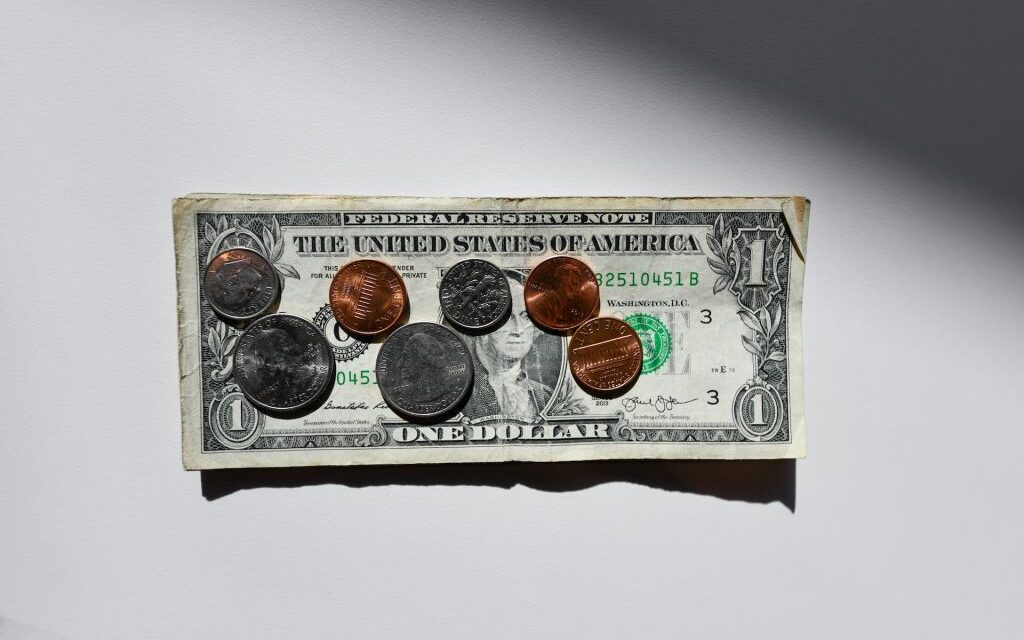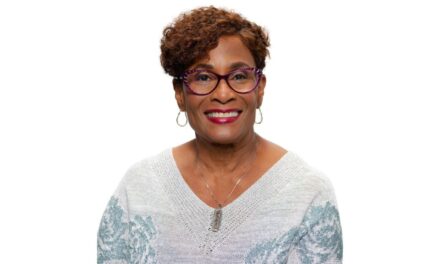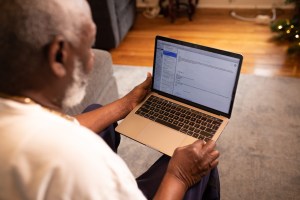By Ariama C. Long,
Word In Black
With the average graduate grappling with high inflation and housing costs, it turns out the real boogeyman haunting October is student loan repayments (with interest) — which are due to restart next month because of legislation passed by Congress.
According to the U.S. Department of Education (DOE), borrowers will receive a billing statement from a loan service provider containing a monthly payment amount in September or October, at least 21 days before the payment’s due date.
Onyekachi Okeke, 24, graduated from City University of New York (CUNY) Hunter College this Spring with over $25,000 in student loan debt. She studied human biology and sociology with hopes of enrolling in nursing school in New York City. Currently, she lives at home with her Nigerian family in the Bronx. For now, she is looking for a job to save up money for nursing school and for scholarships to help with costs. She thinks that realistically higher education and the cost of living is much more expensive than for previous generations, so just “working harder” isn’t going to cut it.
“College is seen as the time in our lives where we’re supposed to prepare ourselves to be able to enter the working field,” said Okeke. “I don’t understand why there’s not an emphasis on trying to help students so they can successfully [do that]. Many students when they graduate college, it’s very difficult to find jobs. Jobs now they want you to get a master’s or even higher to employ you [and] you have to deal with paying back your student loans. I think that’s insane.”
Okeke, who has been involved in political groups on campus, believes it’s doable to make at least CUNY college and universities tuition free and reinvest higher education funding into schools. “It just takes political will,” said Okeke. “When it comes to funding the military and wars and foreign affairs, they will find money for that.”
Unfortunately, President Joe Biden’s hail mary plan to cancel student debt was categorically blocked in courts and with legislation fueled by conservatives.
As a cursory backup, Biden announced the Saving on a Valuable Education (SAVE) Plan, which is the newest income-driven repayment (IDR) plan that is supposed to dramatically decrease monthly payments by increasing the income exemption from 150 percent to 225 percent of the poverty line. The SAVE Plan replaced the Revised Pay As You Earn (REPAYE) Plan. Other plan options include the default Standard Repayment Plan, if you don’t pick a plan, the Extended Repayment Plan, Graduated Repayment Plan, and Income-Sensitive Repayment Plan.
A borrower can enroll in auto pay on a loan servicer’s website to save 0.25 percent on their interest rate. And the DOE advises borrowers to check if you qualify for loan forgiveness for public service employment, disability, or college wrongdoing.
“Every American deserves the opportunity to pursue a college education without the burden of unmanageable student loan debt. President Joe Biden and I are committed to delivering relief to student loan borrowers,” said Vice President Kamala Harris in a statement put out in August.
Harris said the SAVE plan upholds the “promise” the administration made to voters and they are “continuing to pursue an alternative path to deliver student debt relief to as many Americans as possible [and] as quickly as possible.”
Satra D. Taylor, 28, director of higher education and workforce policy & advocacy at Young Invincibles, said that she’s heard first-hand accounts about people panicking over budgeting for upcoming repayments from friends, family, and their 50 Borrowers 50 States project. Some people are considering forbearance or just not making payments altogether, she said.
“Many expected to have their student debt relieved so I’m concerned about what this means for the housing market, for young borrowers in general who may have already been struggling to meet their basic needs,” said Taylor. “I’m really thinking about all these compounded factors and what it will mean for our economy.”
It’s especially concerning considering the racial wealth gap among Black and Brown borrowers, said Taylor. Black college graduates more often have higher student loan debt than primarily White counterparts, an average of $52,726 compared to $28,006 for the typical White bachelor’s graduate, reported the White House Initiative on Educational Excellence for African Americans.
Additionally, in the Young Invincibles Reimagining Federal Pell Grants report, Taylor said that more than 20 percent of Black young adult women occupy low-skill jobs—meaning positions like customer service representatives, cashiers, or retail salespersons. The report indicates that young adult workers from historically marginalized communities, especially women, hold these kinds of jobs at higher percentages than White men, necessitating a need for affordable higher education and accessible workforce development for students as a pathway to higher lifelong earnings.
Many borrowers are pessimistic at best about the repayments.
A Queens native, Jessica K., 29, works as a program and evaluation coordinator at a nonprofit in the city. She has about $40,000 in student loan debt and currently makes $70,000 for her salary. Her debt is a combination of undergraduate and graduate school loans. At the moment, she has no dependents and rents in Astoria.
“It’s doable but I’m weary about planning for my future. Retirement-wise,” said K. She feels that her future is more “unclear” and hasn’t really been planning for the upcoming payments.
Romy Enriquez, 39, was born and raised in Bushwick, Brooklyn. Enriquez, a local social studies teacher for the last ten years, has two kids and owns his own home. He’s been paying down his loans since his graduation, has received about $10,000 from the public service forgiveness program, and has at least $20,000 in student loan debt left. He said he feels “absolutely” no relief about the amount left he has to pay with other expenses like groceries, after school care, and his mortgage.
“I wish that Biden’s plan had gone through,” said Enriquez. “[I feel] unexcited. Again, disappointed. All the negative emotions you can think of.”
Taylor, who’s from Cincinnati but resides in D.C., is also a third year doctoral student at the University of Maryland herself with over $100,000 of student loan debt. Since she’s currently in school she doesn’t have to pay at the moment but she is not excited about repayments after 2026. She said her debt-to-income ratio is not sustainable with two more years of schooling left.
“I have a Ph.D.,” said Taylor. “I’m still a Black woman. And so there’s still barriers within the workplace that will impact my salary unfortunately and it’s just what it is, which is why I also went back to school because I realized that not having a Ph.D. stopped me from certain promotions.”
Check out StudentAid.gov/restart for more info about repayments.
Ariama C. Long is a Report for America corps member and writes about politics for the Amsterdam News.
This story was published by Word In Black.
The post The ‘dreaded return’ of student loan repayments is upon us appeared first on AFRO American Newspapers .











